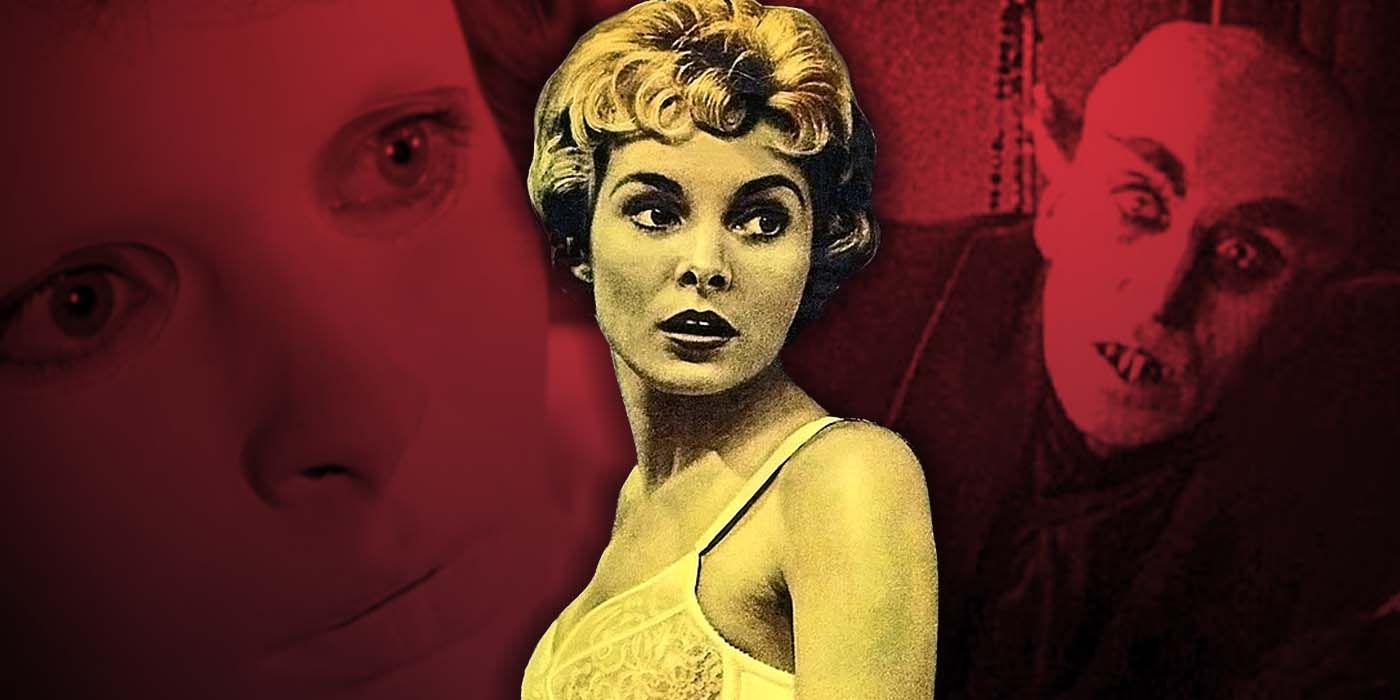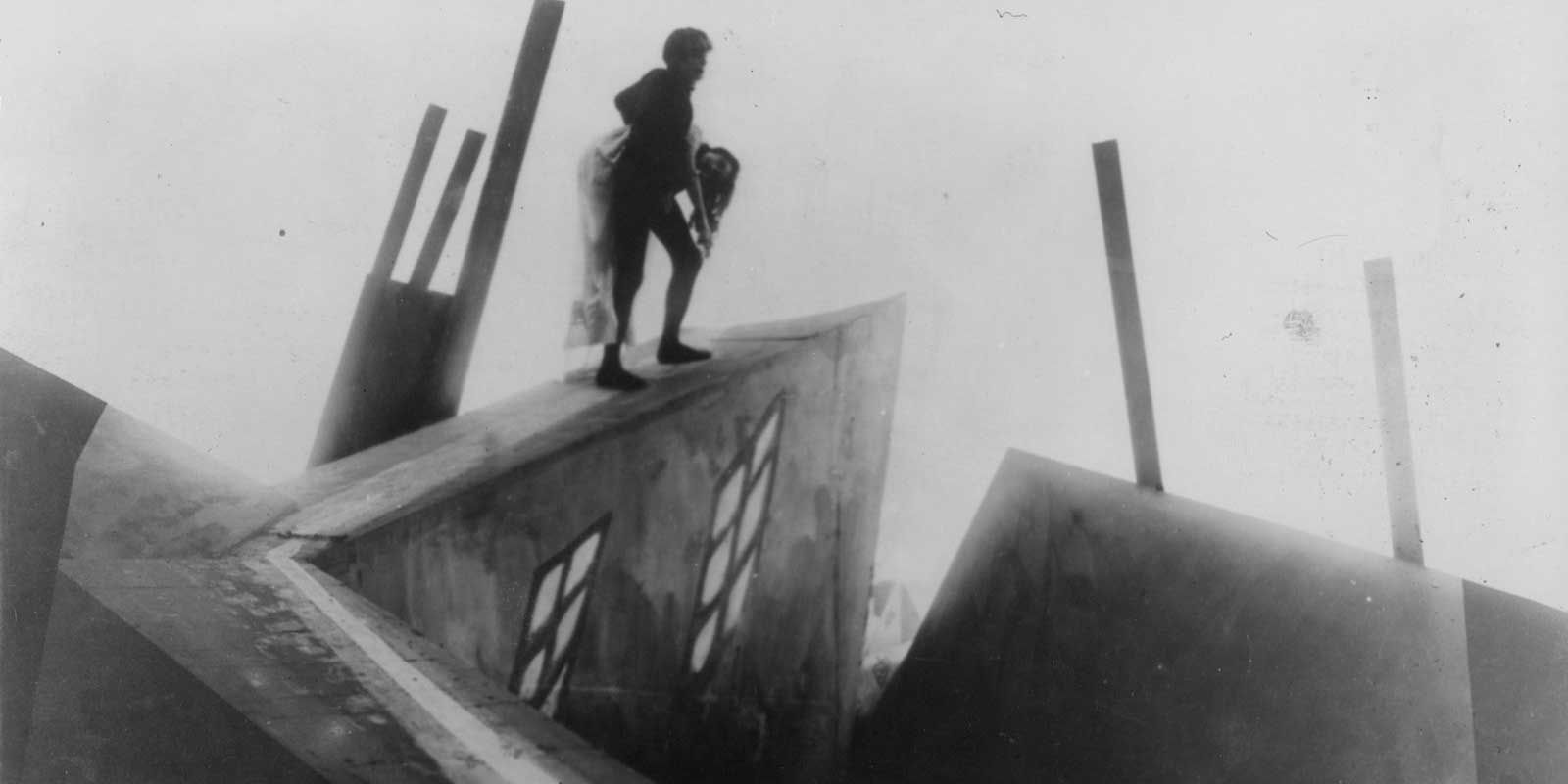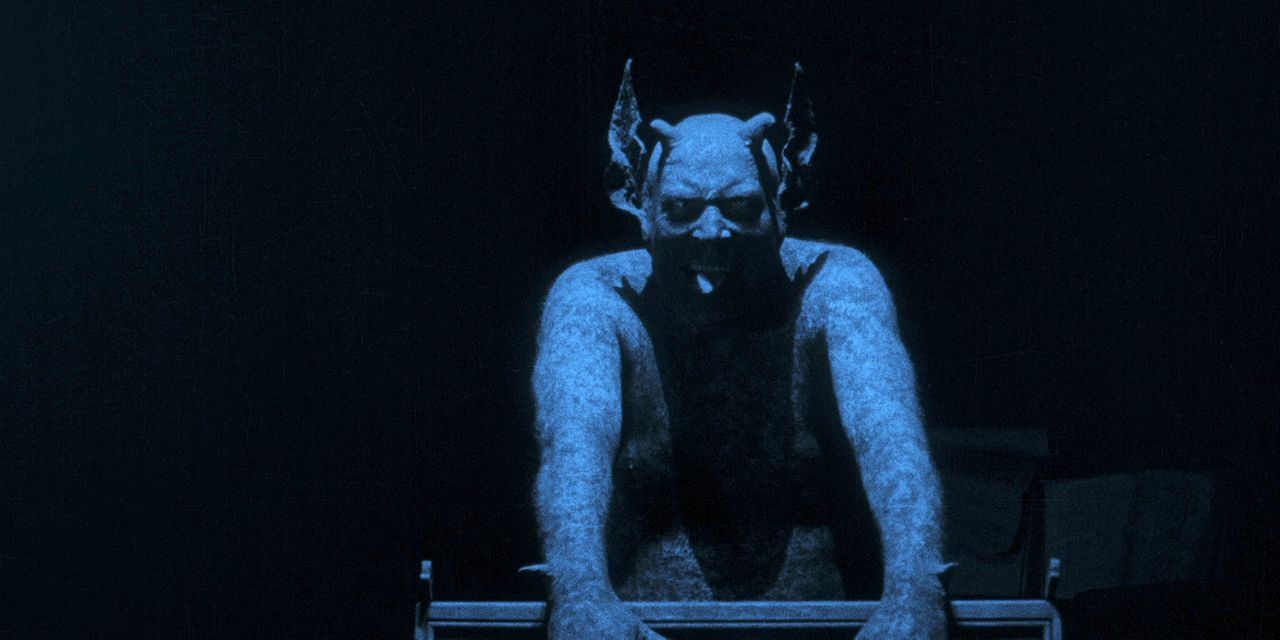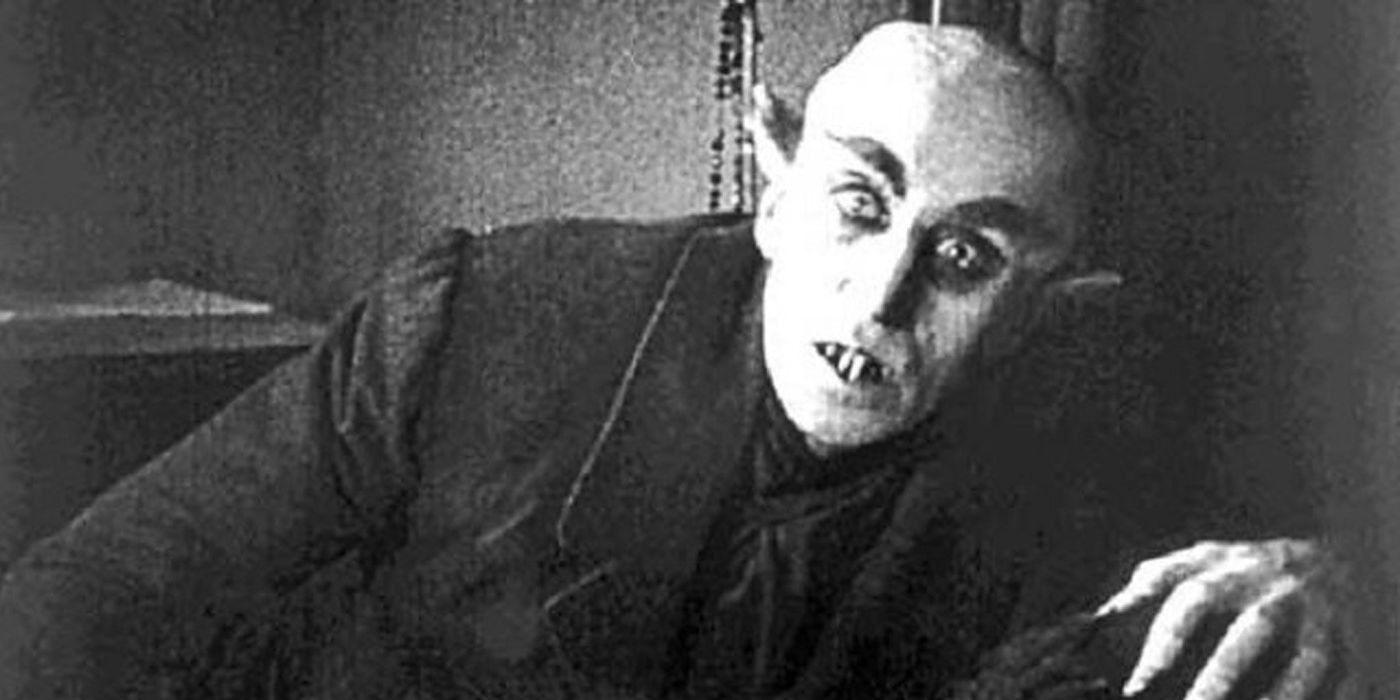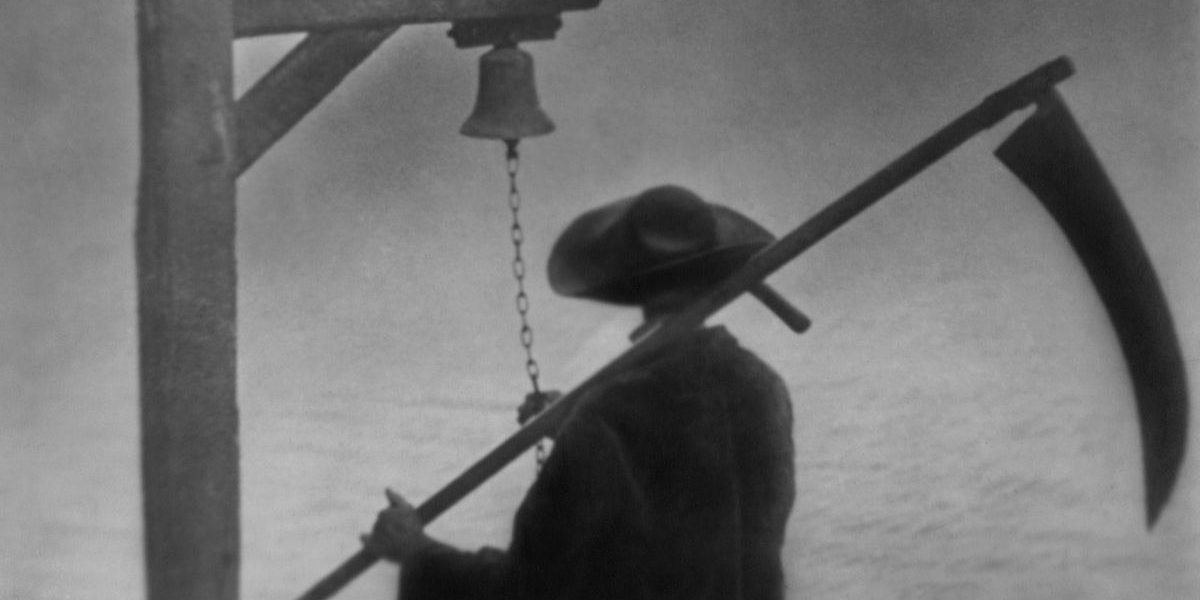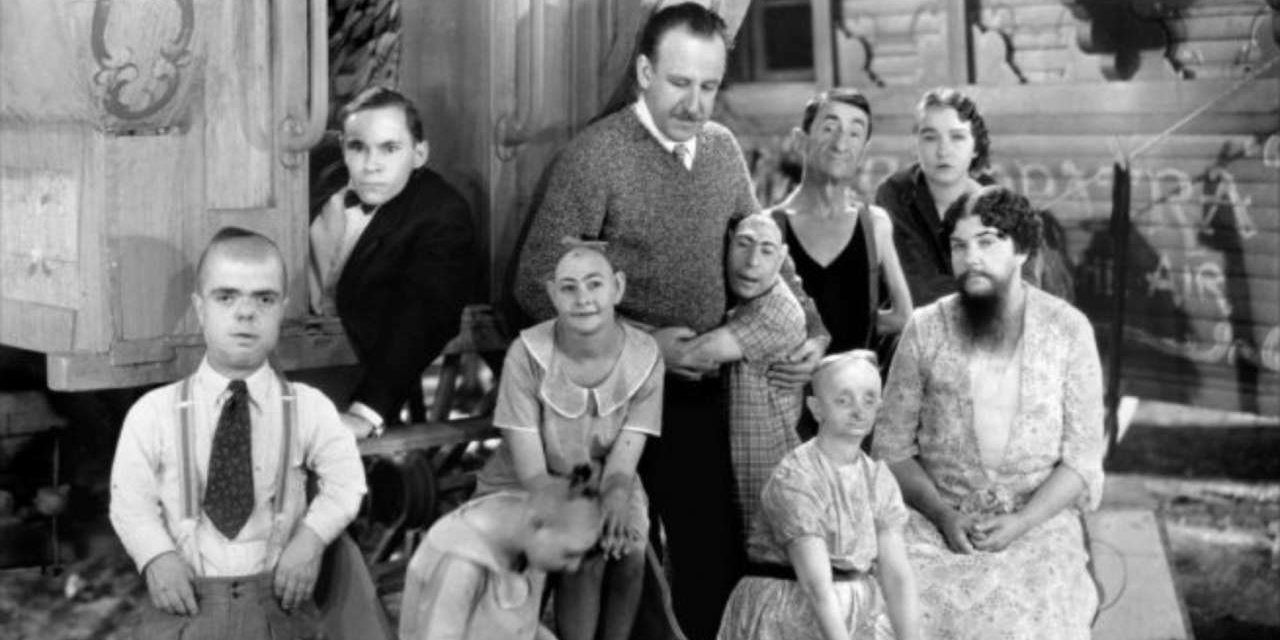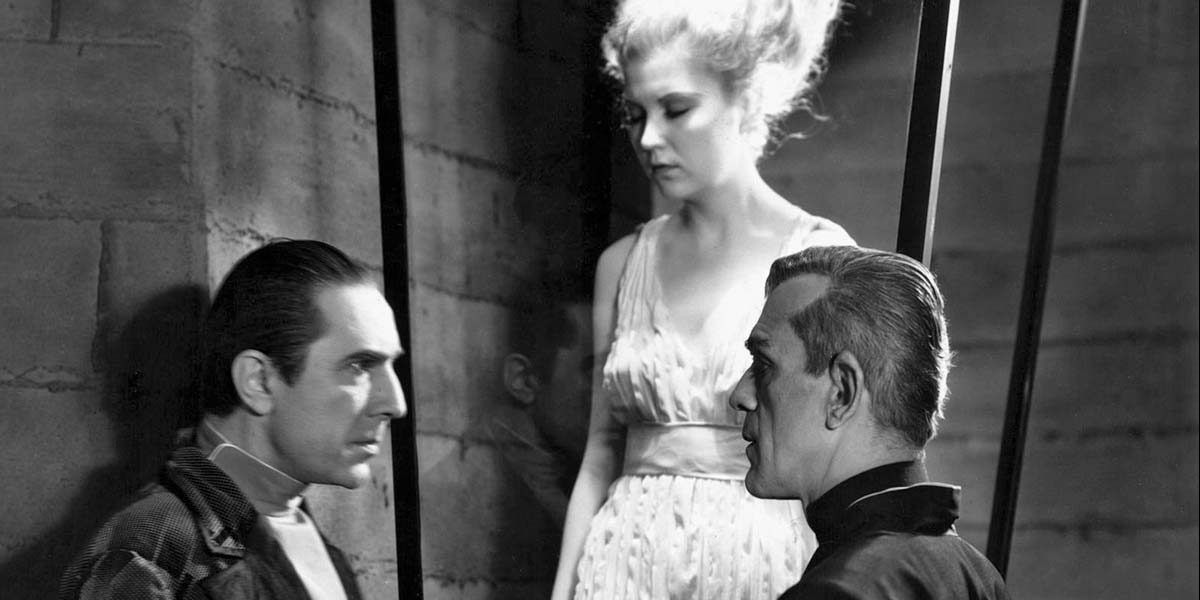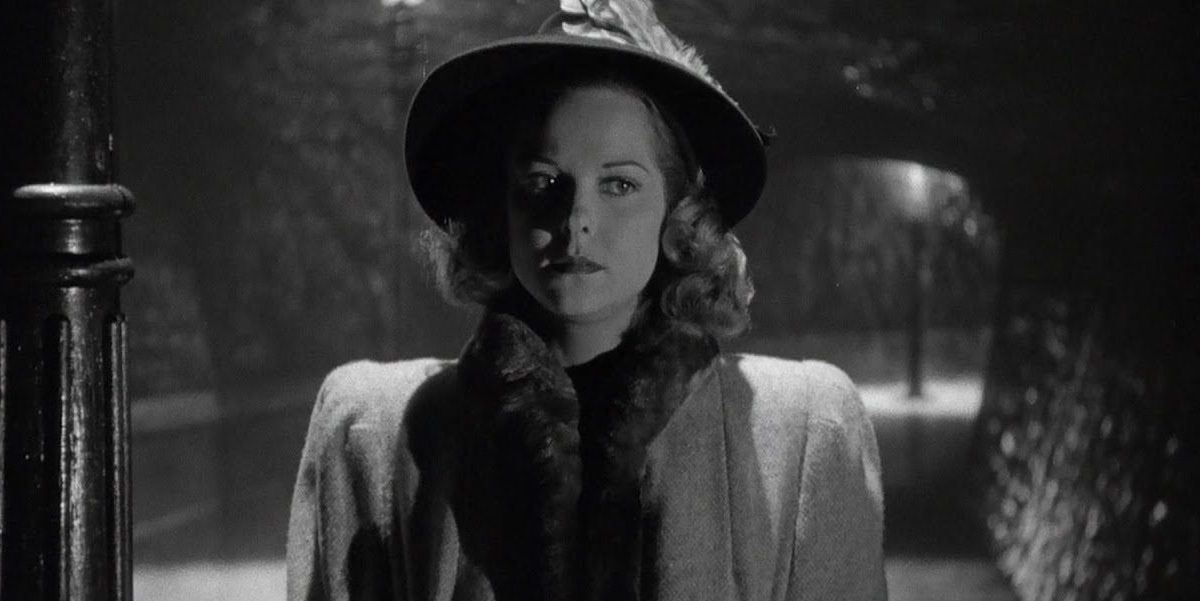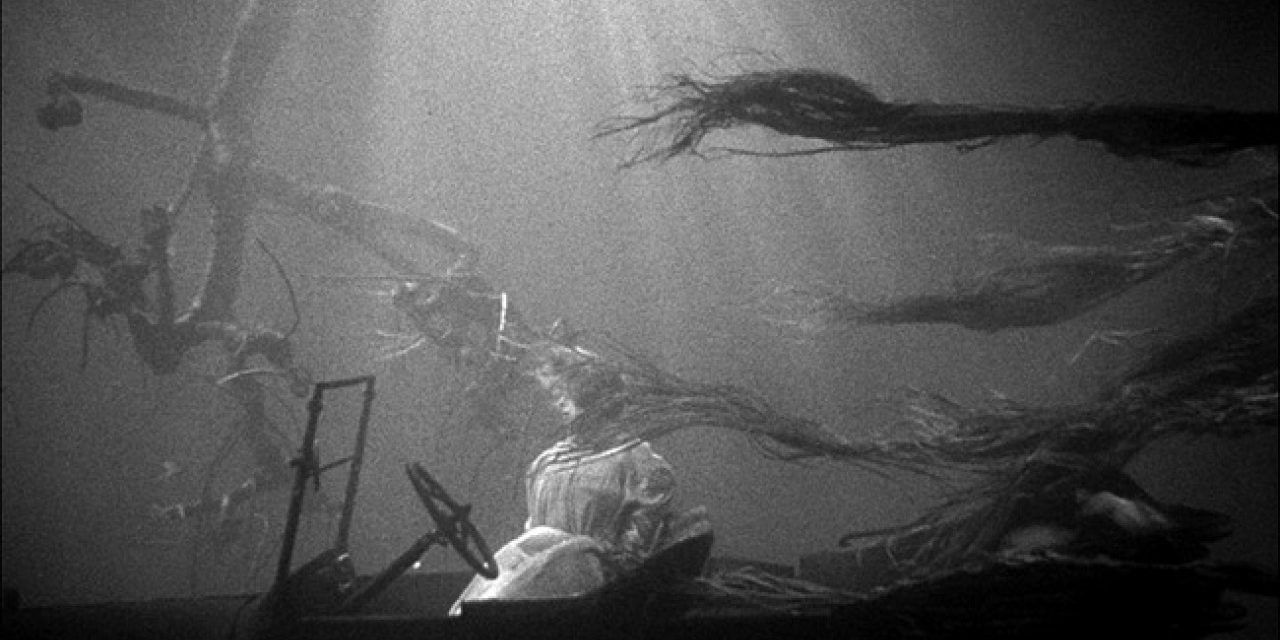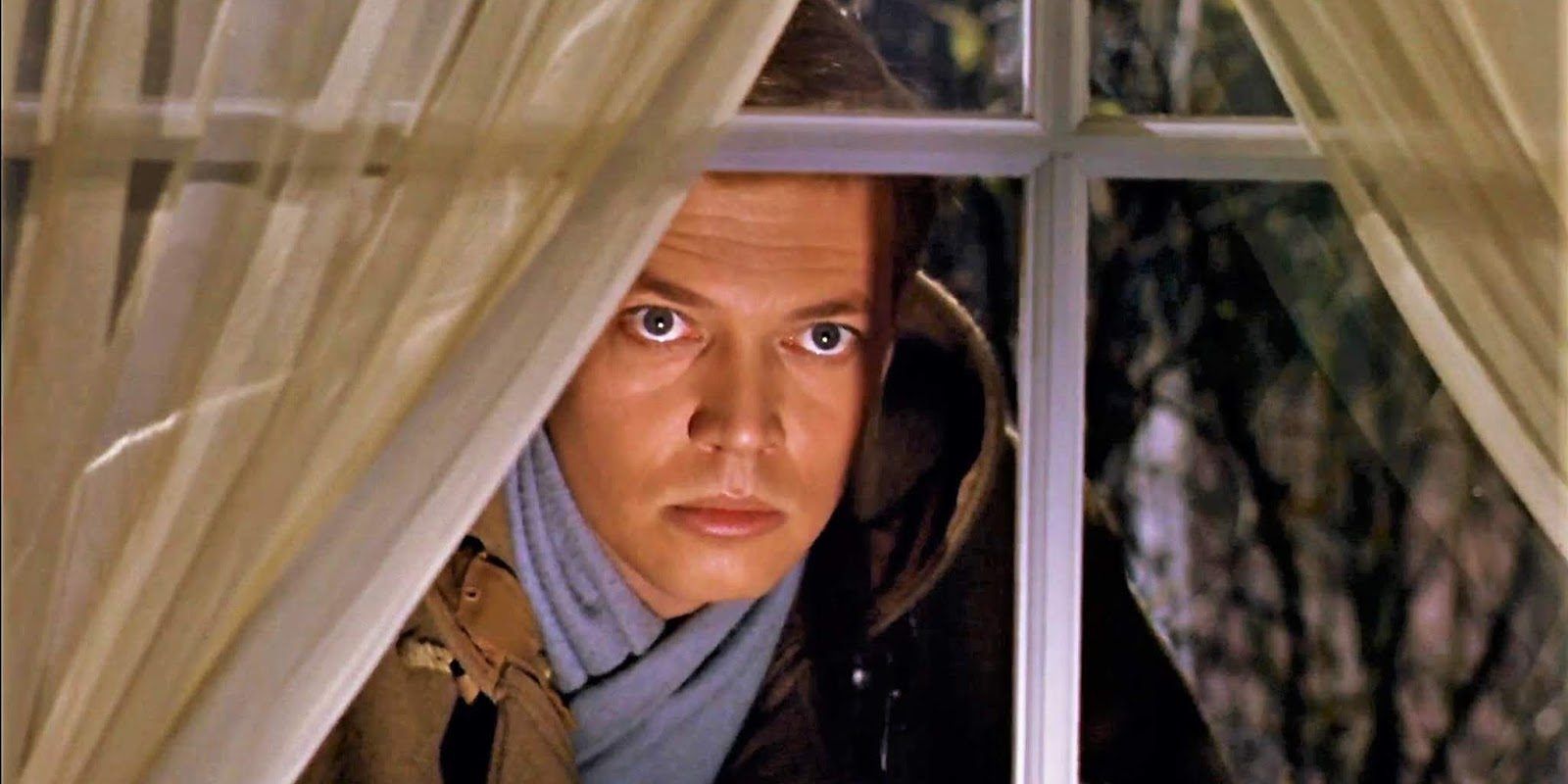Psycho redefined the horror genre, to the point where horror films predating Alfred Hitchcock's proto-slasher tend to be overshadowed. Before Psycho, many horror films felt like theatrical monster shows, with some unforgettable monsters that some modern audiences may no longer find scary, despite them being iconic cinema creatures.
However, there remain many horror films that are particularly unsettling, even by today's standards, that came out in the decades preceding Psycho. With that said, let's look at a few of the most noteworthy horror films from before 1960.
The Cabinet of Doctor Caligari
The Cabinet of Doctor Caligari is over a century old, but its Expressionist influence can still be seen. However, despite the film being referenced by contemporary filmmakers, the original movie remains bizarre and unsettling. The story surrounds the titular doctor, who runs an exhibit depicting a sleepwalker. From there, Caligari sends the sleepwalker to commit crimes for him -- or so it appears, as the narrator is unreliable. It's strange watching Caligari, with its impossible sets and profoundly off-kilter narrative, as few films match it in its sheer unsettling nature.
Haxan
Haxan: Witchcraft Through the Ages is a grim multi-part look at witchcraft and medieval beliefs, which ultimately comes to the conclusion that these ideas were created as a part of society's need to understand the chaotic elements of the natural world. In the process, director Benjamin Christensen creates a supernatural story depicting the more grisly side of witch lore. The film portrays scenes of depravity that might be shocking even to modern viewers, from bloody babies to demonic sex. Despite releasing in 1922, the movie's terrifying factor is aided by the fact that the make-up holds up remarkably well, with the demons appearing as real-life nightmares.
Nosferatu
For what was essentially a bootleg adaptation of Bram Stoker's Dracula, Nosferatu remains an essential and powerful adaptation of the vampire story. The film depicts vampirism as a substitute for pandemics and sickness, which makes it a strangely modern reimagining of vampire lore. However, what makes Nosferatu as iconic as it is, aside from the brilliant Expressionist direction, is the performance by Max Schreck as Count Orlok, the vampire.
The Vampyr
The Vampyr is a profoundly unsettling film made in the transition between the silent and sound eras of filmmaking. It's a surreal tale about vampirism that manages to unsettle even today due to its slow, hypnotic pace and unconventional story structure. The movie's most iconic moment is when the protagonist believes himself to be dead, watching from inside his coffin as those above mourn him while a vampire watches on. It's a film told through visuals that leaves one asking questions that truly have no answers.
Freaks
Following Dracula, Tod Browning made Freaks, a film so profoundly disturbing that almost fifteen minutes of it was permanently edited out, never to be seen again. The film centers around a group of circus performers in a freak show, and it's mostly a drama about their lives. That's until the final act when the performers take their revenge on the able-bodied people who planned on robbing them. This moment is so twisted that the original, uncut ending was never shown theatrically.
The Black Cat
Starring Bela Lugosi and Boris Karloff, fresh off their roles as Dracula and Frankenstein's monster, respectively, The Black Cat is a loose adaptation of Edgar Allan Poe's short story of the same name. The film is profoundly morbid by modern standards, let alone the standards of the 1930s. The highlight of the film remains the ending, where Lugosi skins Karloff alive. While the scene is shown only through shadows, the prospect of a man being skinned alive remains profoundly disturbing.
The Cat People
The Cat People is about a woman who, when sexually excited, transforms into a cat hellbent on murdering people. This movie is a prime example of what's unseen can be more frightening than what is seen and features one of the earliest examples of a jump scare. A woman walks alone on a street, but she hears something, so she runs. As the tension builds, her run is stopped when a bus pulls up beside her, startling audiences. While it may seem like a simple scene, it remains powerful decades later.
The Night of the Hunter
Charles Laughton, famous for playing Quasimodo, was credited as the director for this one movie. Laughton's film, centered around a preacher who kills women, might have been a bit ahead of its time. However, the film's villain, played by Robert Mitchum, remains one of cinema's scariest antagonists. He pursues two children throughout the movie, threatening to murder them in cruel, brutal ways. The film's final act might be lacking, but the first two remain genuinely intense.
Eyes Without a Face
Released in France the same year as Psycho, Eyes Without a Face is a disturbing film that, at the time, pushed the very limits of European censorship. The story focuses on a plastic surgeon whose daughter is horrifically disfigured in an accident. He then attempts to fix it, but he needs to carve off a few faces first. The film is especially gory for the times, but what makes this movie so unsettling is the mask worn by the daughter.
Peeping Tom
Peeping Tom had the misfortune of coming out before Psycho. Had it been released even months later, it might not have received the controversy it had, which resulted in the director, Michael Powell, being disgraced and unable to ever make a film again. The film is a disturbing portrait of a cameraman who murders women while filming them in their final moments. While its perverse narrative pushed limits for the time, what makes it effective years later is the performance by Carl Boehm, who's simultaneously unsettling and tragic.

